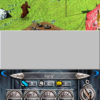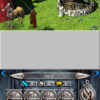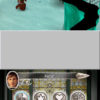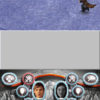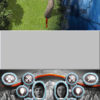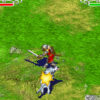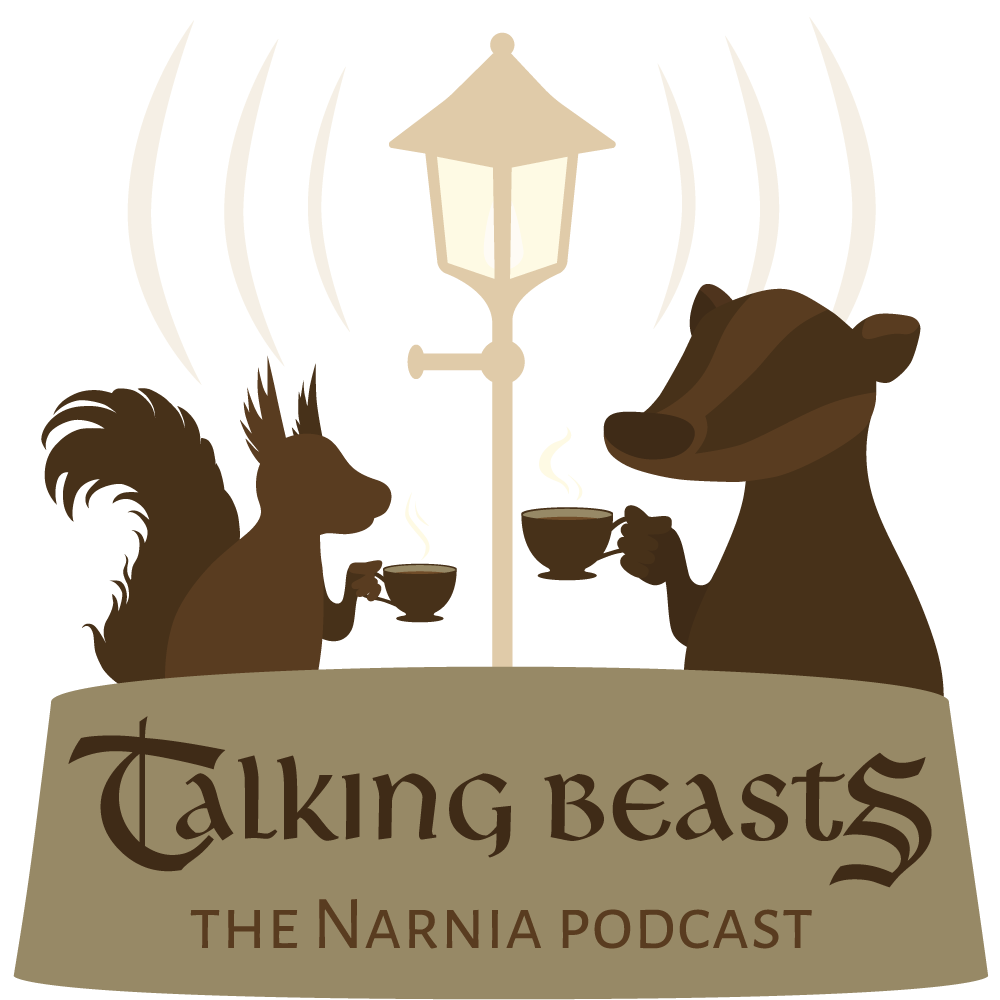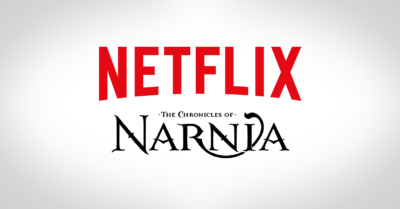NarniaWeb Interviews Handheld Game Designer
NarniaWeb got a chance to talk with Michael Viner, Producer at Buena Vista Games, about the upcoming handheld titles for Nintendo DS and Game Boy Advance (the PSP version of the game was canceled months ago). The game will be available for the three current generation consoles (PS2, Xbox and Nintendo GameCube), PC, Nintendo DS and Game Boy Advance. The console and PC versions are the same while the handheld versions are each separate. We also have exclusive images from the handheld games. To see our exclusive video from the Nintendo DS game click below:
And now, on to the interview:
NarniaWeb: The console and PC titles were developed by Traveller’s Tales, while Amaze Entertainment developed the handheld titles. Did you collaborate with Traveller’s Tales to keep the two games similar, or did the two developers go about it alone?
Michael Viner: That’s a great question. There are certainly two schools of thought on this: One, to keep a single game play concept and create the experience on each that plays similarly, but to the strengths of each platform. The other is to make a unique experience for each platform utilizing the best type of game play for each game machine. We chose the latter path. All three of The Chronicles of Narnia: The Lion, The Witch and The Wardrobe games (console/PC, Game Boy Advance and Nintendo DS) tell the story of the film, but each plays to their system’s own strengths.
We were so intent upon having the best style of game play for each platform that we purposely kept Amaze from seeing any work we had started with Traveller’s Tales a few months earlier. Within Amaze itself we did our best to keep the Game Boy Advance and Nintendo DS teams separate. When we (BVG) met with Amaze, we met with the teams separately as not to confuse game elements or foster similarity. We encouraged them to do likewise when we were not present. I think the result is one story spawning three unique experiences.
NW: Is the game an Action/Adventure game like the console titles or is it a different style?
MV: Since the GBA and DS versions are quite a bit different, though they share an isometric perspective, I will handle this question separately for each:
The GBA title is a straightforward action/adventure game. You have a good amount of exploring, collecting and puzzles to solve, but at its heart it’s an action game pitting the Pevensie children against the forces of the White Witch. Of the three games, I would probably have to say it is the most combat intensive.
If the GBA game is the most straightforward, the DS version is clearly the most intricate. We set out to make an Action/RPG-light game, but by the time Amaze was done, we had a full-fledged Action/RPG game.
As for the action, it is intense and real-time. You can switch between the four children on-the-fly to choose the one best suited for the particular enemy (of which there are 15 varieties). Peter and Edmund are great for mêlée, Susan has ranged abilities and Lucy can heal the party. The DS allowed for us to have 3D character action with up to four players battling tons of enemies on screen at the same time.
The RPG elements include: More than 50 quests, distributing experience points to one of four virtue categories, purchasing/managing blessings for armor and weapons, three-way branching dialog (which affects the outcome of your in-game destiny), casting spells and playing panpipe summons on your touch screen. Remember, this was originally going to be a RPG-light.
There is a lot to do in these games.
NW: How did you deal with the limitations of gameplay on handheld systems while making an epic game?
MV: I guess we took the “cup half-full” approach on these. We didn’t worry so much about what not to do; as we did what we should definitely do on each system.
For the DS, we knew we wanted to do three things: Have wireless cooperative play, have some cool RPG elements and utilize the touch screen to manage those elements without pausing the game. We ended up three-for-three. The wireless (up to four players cooperatively) adds a whole new dimension to the single player version. RPG games have been hard to find for the Nintendo DS, which is unfortunate since the second screen allows you access to inventory, spells, etc., without exiting game play. The fact you can manipulate this by touching is just awesome for an RPG. The DS was the perfect platform for The Chronicles of Narnia.
In terms of an epic game, the only limitation to the GBA is graphical resolution. I really applaud Amaze for getting more enemies on screen at once than I had anticipated we could. They made very small enemies that play very big. The GBA game also has wireless co-op for those with the GBA wireless adapters.
NW: For many people, playing on a handheld game system is synonymous with playing for short bursts whenever they get the chance. How did this fact affect your design of the game?
MV: For the GBA version, we made the chapters (levels) challenging, but doable in a reasonable chunk of time. There are 17 chapters, so we concentrated on making each one stand out, but able to stand on their own.
With the DS, we found players to be a little older, on average, so we traded in the level system for a more open environment style. The game has more than 60 maps and several of them have multiple versions (Winter and Spring). At about 16 hours, it’s safe to say no one is going to play this game straight through. We have “loaded” this game with quests (more than 50). If a player wants a good place to save a short period of game play, I would guess after finishing a quest and gaining a reward to be the time and place to save and get back to your life.
NW: How much freedom do you have in the game to explore? And directly related to this, would you say your game has good replayability?
MV: The GBA version of The Chronicles of Narnia is pretty linear. Though you have to earn nobilities to progress through certain challenges, the game will not allow you to get in a situation where you have progressed further in the story than your inventory will allow. There are however three levels of difficulty ready for the player if they want to experience it again at a whole new level.
The DS version is another beast altogether. You don’t need to complete all the quests to beat the game (but it helps), but if you choose to explore, adding hours to the overall experience, you will discover, abilities, secrets and allies that really set this game apart from any of the other versions.
NW: Was the dialogue in the game taken from the movie script or was it written specifically for the game?
MV: Both the Nintendo DS and Game Boy Advance scripts were written specifically for the games. The GBA version has a lot more dialog taken directly from the film, but the 2,600-line branching script for the DS game has almost three entirely different versions of each event, requiring it to be quite unique and different from the film, while telling the same story.
- Nintendo DS Screenshot – Buena Vista Games
- Nintendo DS Screenshot – Buena Vista Games
- Nintendo DS Screenshot – Buena Vista Games
- Nintendo DS Screenshot – Buena Vista Games
- Nintendo DS Screenshot – Buena Vista Games
- Nintendo DS Screenshot – Buena Vista Games
- Gameboy Advance Screenshot – Buena Vista Games
- Gameboy Advance Screenshot – Buena Vista Games
- Gameboy Advance Screenshot – Buena Vista Games
- Gameboy Advance Screenshot – Buena Vista Games
- Gameboy Advance Screenshot – Buena Vista Games
• Order the video game: Game Boy Advance
• Order the video game: Nintendo DS
• Order the video game: PC
• Order the video game: Xbox
• Order the video game: PS2
• Order the video game: PS2 (with free movie ticket)
• Order the video game: GameCube

